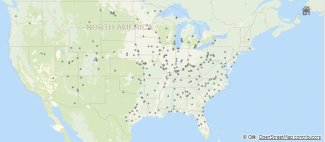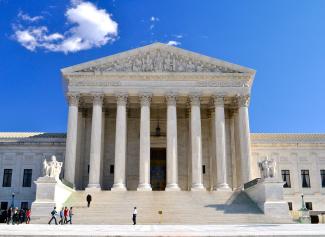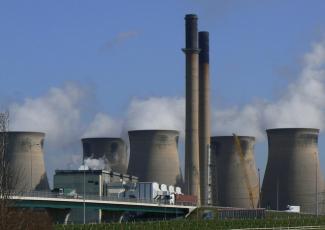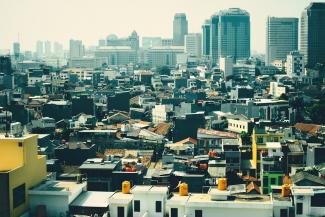Wildfire Liability, Environmental Justice, and Climate Change

As climate change worsens, so does the risk of wildfires. This is especially so in the western United States, as seen all too well in California in recent weeks. Adding fuel to the fire are the increasing number of homes built near areas prone to wildfires, the wildland-urban interface (WUI), which increases the risk to people and their homes, makes wildfires harder to control, and prohibits fires from being allowed to burn naturally.









